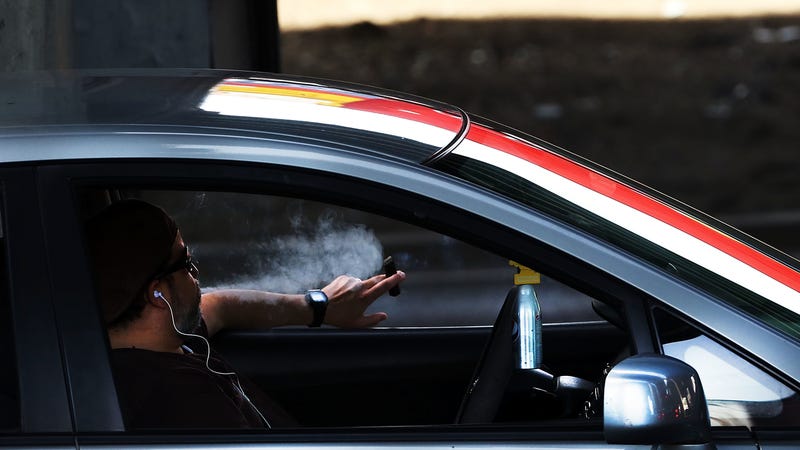
Doesn’t a lazy drive sound nice? Forget all your cares and watch the hills roll pleasantly around you, then above you, then around you again, then above you once more. As the car slides to a rest in the medium, take a moment to really appreciate your new perspective. Exhale!
While there have been been chilling public service announcements, technological fixes and government inquiries into the rising tide of drivers who use their phones behind the wheel, no one is tackling some of the biggest killers on America’s roads—mindlessness, inattention and boredom.
Erie Insurance combed through the Fatality Analysis Reporting System, a nationwide database on car crashes, to find what police determine to be the cause of fatal accidents. Of the 172,000 traffic deaths researchers analyzed over the past five years, they found one in 10 were victims of distracted driving.
Of those, 61 percent of fatal distracted driving crashes involved at least one participant simply lost in thought, the study said. Just daydreaming away! Maybe they’re thinking about what they’d buy if they won the lotto, or maybe they’re imagining knocking out their manager at Carl’s Jr.
Either way, what they’re not thinking about is driving, and it is killing people. Many more people than cell phones, which is at a distant second place with 14 percent.
Advertisement
So how do we get people to wake up and actually drive? Unfortunately, letting your mind wander is endemic to human nature, especially when performing a task that can be as monotonous as driving. Erie Insurance has been performing this study for years and generally, the results are always the same. We are our own worst enemies.
And while self-driving car companies envision a world where the messy human part of the driving equation is removed, such technology may initially lead to distracted driving getting worse before it gets better. Bloomberg reported today that Tesla’s Autopilot, which still requires drivers to pay attention to the road and even includes alerts when it thinks you aren’t doing that, tricks your brain into being even more complacent than it already is. Companies like General Motors and Subaru want to include eye-tracking software in their cars to ensure drivers are still paying attention when their semi-autonomous features are doing part of the work.
Either way, until the machines take over, pay attention behind the wheel. Save the manager beatdown fantasy for later.













